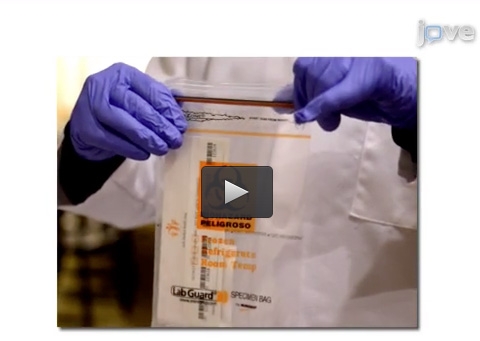Citation:
Abstract:
This study examined feelings of having enough time (i.e., perceived time adequacy) in a sample of employed parents (N = 880) in information technology and extended-care industries. Adapting a person-centered latent profile approach, we identified 3 profiles of perceived time adequacy for paid work, parenting, and partner roles: family time protected, family time sacrificed, and time balanced. Drawing upon the conservation of resources theory (Hobfòll, 1989), we examined the associations of stressors and resources with the time adequacy profiles. Parents in the family time sacrificed profile were more likely to be younger, women, have younger children, work in the extended-care industry, and have nonstandard work schedules compared to those in the family time protected profile. Results from multinomial logistic regression analyses revealed that, with the time balanced profile as the reference group, having fewer stressors and more resources in the family context (less parent-child conflict and more partner support), work context (longer company tenure, higher schedule control and job satisfaction), and work-family interface (lower work-to-family conflict) was linked to a higher probability of membership in the family time protected profile. By contrast, having more stressors and fewer resources, in the forms of less partner support and higher work-to-family conflict, predicted a higher likelihood of being in the family time sacrificed profile. Our findings suggest that low work-to-family conflict is the most critical predictor of membership in the family time protected profile, whereas lack of partner support is the most important factor to be included in the family time sacrificed profile.

